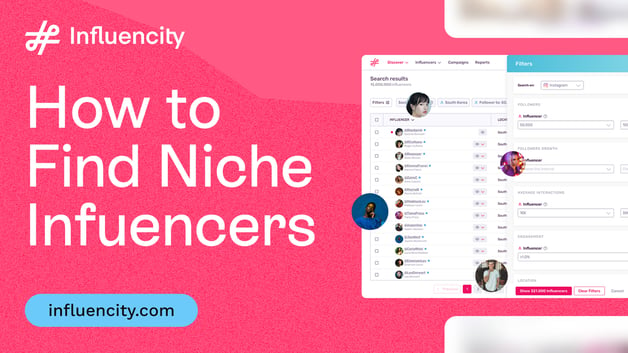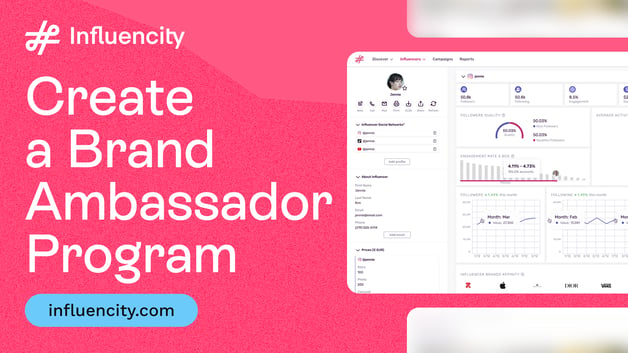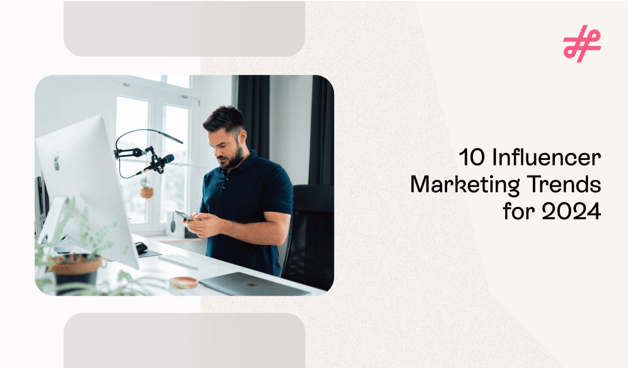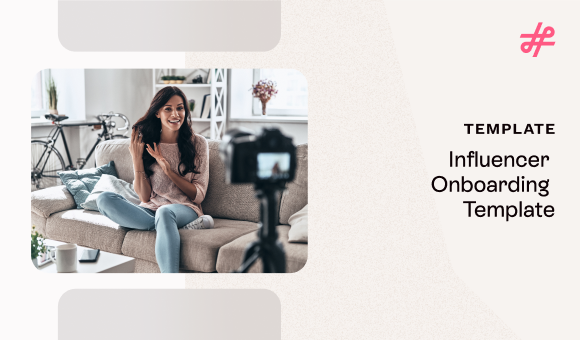Influencer Marketing
The Ultimate Platform Playbook for Influencer Collabs (TikTok, Instagram, YouTube & More)
Influencer Marketing
Performance beats polish, creators are trusted more than ads, and each platform plays by its own unwritten rules. So why are so many brands still copy-pasting TikToks to Reels and calling it a day?

That’s where this article comes in.I’ll break down exactly what makes a winning influencer collaboration on every major platform—TikTok, Instagram, YouTube, Pinterest, Threads, and Shorts—with real campaign examples, smart do’s and don’ts, and a heavy dose of practical strategy.
If you’re building a cross-platform influencer strategy and want to stop wasting budget on one-size-fits-none content, this is for you.
What you'll learn:
- Why purpose-aligned creators consistently outperform bigger names
- How to tailor content to each platform’s unique vibe and audience behavior
- What performance metrics actually matter in 2025
What Makes a Great Collab in 2025?
Forget vanity collabs, the best partnerships are performance-driven, personality-led, and purpose-aligned.
If there’s one thing I’ve learned after reviewing hundreds of influencer campaigns across verticals is that a good collab isn’t about who’s the most famous. It’s about who fits best.
Your best-performing collaborations aren’t always with the biggest names. They’re with the creators who get the platform, speak your audience’s language, and can deliver content that actually creates some sort of measurable impact.
1. Performance-Driven > Vanity Metrics
Remember when brands were chasing influencers with the highest follower counts? Thankfully, most teams have matured past that. Now we know:
- A creator with 40K engaged followers can outperform one with 400K passive ones.
- A slick video with no call to action doesn’t drive conversions.
- And a reposted TikTok on Instagram Reels with the watermark still on it? That’s a missed opportunity.
In 2025, ROI is the name of the game and that means performance-driven collabs are in.
70% of marketers say performance-based influencer marketing (i.e. tied to outcomes like clicks or sales) now yields better results than flat-fee, visibility-only partnerships.
2. Personality-Led Content Wins
Your influencer is not a billboard. They’re a person. And the best-performing content leans into the creator’s personality, not a rigid brand script.
Why? Because audiences don’t want ads, they want real recommendations. Whether it’s a fashion haul, an unfiltered review, or a “what I use every day” walkthrough, the creator’s tone, quirks, and story make it work.
@faithlrobertson how is it already may?? I had a lot of favorites this month, but I narrowed it down a little 🌷🧺☀️ #aprilfavorites #monthlyfavorites #beautyfavorites #monthlyrecap #bestofbeauty #beautyreview #monthlyempties @CYKLAR @Kosas @Ulta Beauty @Olehenriksen @LOCCITANE @Glossier @Haus Labs by Lady Gaga
♬ BIRDS OF A FEATHER OFFICIAL INSTRUMENTAL - Dan Swift Del Rey
A TikTok creator showing her chaotic morning routine + your vitamin brand = relatable UGC that converts. That same product in a polished, studio-lit Reel with zero context? Skipped in 3 seconds.
3. Purpose-Aligned Partnerships
Now more than ever, consumers care about values and alignment. The best collabs feel organic because they are. The creator already talks about mental health, so a journaling app fits. They’re a skincare nerd, so your serum launch makes sense.
Ask yourself:
- Does this creator have a natural connection to our brand values?
- Would they use our product even if we weren’t paying them?
- Do they speak to the audience we actually want to reach?
Hot tip: Purpose-alignment is good economics. In 2024, 52% of Gen Z said they unfollowed creators who took “off-brand” sponsorships.
Why Platform-Native Fluency Matters
Let’s talk about one of the most common campaign killers: recycling content across platforms. I’ve seen this mistake way too often. Someone posts a TikTok directly to Reels, watermark and all, thinking, “It’s short-form video, same thing.” But here’s the truth:
Each platform has its own vibe, audience behavior, and content rhythm. If you don’t tailor your content, your collab won’t connect.
Let’s look at the same message done right vs. done wrong:
Watch out! TikTok users expect “real” over perfect. Instagram wants polish + visual storytelling. YouTube rewards depth and trust. LinkedIn favors smart utility and personal narrative. You can’t post the same clip everywhere and expect results.
@miaristaino I can’t for the life of me firgure out why I did this #grwm #grwmstorytime #storytime #skincare #tramadump
♬ original sound - mia ristaino
TikTok Collabs: Keep It Fast, Weird, and Real
TikTok is not the place for perfectly polished videos or brand-safe copywriting. It’s the place for speed, strangeness, spontaneity and it rewards brands who let go a little.If Instagram is your sleek showroom, TikTok is your chaotic best friend shouting genius ideas over lunch. You have seconds to make an impression, and the best content feels like it wasn’t made by a brand at all.
So, let’s break down exactly how to collab smart on TikTok, with real-life campaign examples, actionable tips, and plenty of dos and don’ts along the way.
Post Formats That Actually Work
Here’s the thing: your audience isn’t on TikTok to be sold to. They’re there to be entertained, discover stuff by accident, and fall into algorithm rabbit holes. So your content with creators needs to play the game.
Here are formats that consistently perform for influencer collabs:
Duet & Stitches
Use the creator's reactions to your content, or your reactions to theirs. It feels natural, fuels interaction, and can build entire trends.
@itskayredmusic Can you sing “Someone you loved” by Lewis Capaldi?💔🥺 #someoneyouloved #lewiscapaldi #lewiscapaldisomeoneyouloved #singingchallenge #singwithme #singingduet #duetme #foryoupage
♬ original sound - Itskayred
Remember Duolingo responding to user content or using creators to duet their mascot? Weird? Yes. Effective? Absolutely!!!
Storytime Product Reveals
TikTok LOVES a good hook. Let creators tell a story that naturally leads to your product or brand.
@theglownarrative Happy New Year!! Hope to test out a ton more new products for you guys this year🙂↕️🎉🎊 @Face Reality @Kosas @janmariniskinresearch @The INKEY List @Medik8 @Lanolips @haruharu wonder @Beauty of Joseon @rhode skin @Innisfree US @Experiment Beauty @Barefaced #skincare #skincarereview #skincareroutine #skincaretips
♬ original sound - hannah campbell
A skincare creator shares a “How I fixed my breakout before graduation” video that subtly features your brand’s acne serum. It’s native, compelling, and TikTok loves that ‘a-ha’ reveal.
Trend Participation & Challenges
If there’s a sound going viral, you should be thinking about how to use it or letting your creators interpret it their way.
Scrub Daddy jumped on trending audio with creator collabs that turned cleaning sponges into absurd little celebrities. It was weird. It worked.
Behind-the-Scenes Peeks
Let creators show the backstage of your brand. How your stuff is made, what it’s like to work there, or what a day in the life of your team looks like.
@elysemyers getting to make people laugh unexpectedly behind the camera is always high praise 😂
♬ original sound - Elyse Myers
Chipotle partnered with Elyse Myers to do a hilarious behind-the-scenes-style collab. No script, just chaos and vibes—and it earned millions of views.
Pro Tips for TikTok Collabs
Tip 1: Let creators use trending sounds and native text overlays
TikTok is built on the language of the platform, that includes sound. Native editing tools like in-app captions, voiceover, and text stickers signal authenticity to the algorithm.
Tip 2: Prioritize speed over polish
That beautifully shot 60-second video with a drone intro? It’s not going to beat a shaky iPhone video of someone unboxing your product while ranting about their day.
@hannahh.salvador Just a girl and her purse 🧡 #louisvuitton #LV #firstlouisvuitton #firstdesignerbag #babygirl #mamasgirl #momtok #fyp #foryoupage #foryou
♬ BIRDS OF A FEATHER - Billie Eilish
Rule of thumb: If it takes more than 48 hours to approve, it might be too slow for TikTok.
Tip 3: Work with TikTok-first creators
Just because someone has 200k on Instagram doesn't mean they know how to create for TikTok. Prioritize platform-native fluency. Look for creators who’ve gone viral organically on TikTok.
Tip 4: Embrace the weird
TikTok’s best content is often offbeat or funny in a way that would never fly on Instagram.
Don’t sanitize creators. If your brand voice is playful, let it get playfully chaotic. Think: Duolingo, Ryanair, or Poppi.
Tip 5: Stay flexible
TikTok’s trends move FAST. If your approval process takes more than 48 hours, you’ve probably already missed the moment. Build trust with creators so you can give them the freedom to move quickly.
Real Campaign Examples
Chipotle x Elyse Myers
- What worked: Elyse didn’t sell Chipotle—she told a story that happened to involve Chipotle. It was honest, funny, and zero-pressure.
- Result: Over 3M views, with tons of organic comments like “OK this made me crave Chipotle.”
CeraVe Skincare with TikTok Dermatologists
@skincarestan How To Use CeraVe Blemish Control to its FULLEST Potential ❗️ CeraVeSkinCare, CeravePartner, Clearitlikeaderm, DevelopedWithDerms, Dermatologists, @CeraVe
♬ original sound - Skincare Stan
- What worked: Partnered with real derms who actually use their products and turned them into TikTok storytellers.
- Result: #CeraVe hashtag now has over 3 billion views.
Ryanair’s Creator Collabs
@ryanair we do it all✈️ #ryanair
♬ original sound - Ryanair
- What worked: The airline embraced memes and snark with TikTok creators making fun of cheap flights and weird boarding rules. Ryanair didn’t fight the cringe—they leaned into it.
- Result: Massive brand lift and cult-like TikTok following.
Bonus: Campaign Planning Checklist for TikTok Collabs
Instagram Collabs: Where Aesthetic Meets Action
Instagram may not be the new kid on the block, but it’s still the showroom of the digital world, and a powerhouse for influencer collaborations that convert.
When someone hears about your brand on TikTok, where do they go to “double-check”? Instagram. When they want to see how your product looks on real people or how it fits into their lives? Instagram.
In 2025, Instagram collabs are all about aesthetic meets action, mixing strong visuals with clear CTAs to create aspirational but attainable content that feels like a personal recommendation from someone you trust.
Post Types That Drive Results
Here’s what’s working right now when you collaborate with influencers on Instagram:
Reels with the Collab Tag
These short videos are prime real estate for product demos, tutorials, or quick tips. And when you use Instagram’s built-in “Collab” tag, it appears on both your profile and the creator’s, doubling reach and engagement.
Beauty brand Glow Recipe consistently partners with skincare influencers using Collab-tagged Reels for quick routines—“My 3-minute night routine” gets hundreds of thousands of views and conversions via bio links.
Carousel How-Tos
Think “Step-by-step skincare routine” or “3 ways I style this blazer.” Each slide keeps the viewer tapping forward—perfect for showcasing product features without sounding salesy.
Glossier nails this with minimalist, creator-made UGC slideshows that blend aesthetic and utility. They don’t scream “ad”—they feel like journal entries.
Product Flatlays & Styled Feed Posts
This is where aesthetic rules. For lifestyle, beauty, wellness, or food brands, clean and cohesive product shots (yes, even flatlays!) can still stop the scroll if done right.
Pro tip: These work best when paired with a strong CTA“Use code Summer25” or “Link in bio.”
Giveaways and Challenges
Still one of the best ways to spike engagement. “Tag a friend + follow both accounts” mechanics aren’t new, but when paired with a high-quality prize and creator who genuinely uses your product, they work.
Mejuri’s IG collabs often include “Win your wishlist” giveaways that drive thousands of new followers, UGC, and product awareness in a single weekend.
Pro Tips for Instagram Collabs
Tip 1: Use Instagram’s “Collab” Feature
This is a no-brainer. When a creator tags your brand as a collaborator on the post, it goes live on both profiles.
Result: Higher reach, better trust signals, and performance data for both parties.
Meta says Collab-tagged posts see up to 3x more engagement compared to untagged sponsored content.
Tip 2: Time It With Platform Behavior
Instagram has its own cultural “rituals.” Launching a wellness product? Drop your collab on Sunday during the “reset” wave. Fashion collab? Monday “GRWM” Reels are gold. Beauty brand? Try “Shelfie Sunday” or “Before & After Friday.”
Think like a creator: when are their followers already scrolling and primed to care?
Tip 3: Strong CTAs in Captions Still Matter
Don’t assume the content speaks for itself. Add a clear direction:
- “Tap the link in bio to try it for yourself”
- “Use code XYZ20 for 20% off”
- “Save this post for your next self-care night”
Even better? Combine promo codes and custom UTMs to track conversions by creator.
Real Campaign Examples
Glossier’s UGC Carousel Strategy
- What worked: Creators shared minimalist, photo-first carousels with storytelling captions—how the product fits their morning, what it replaced, how it feels.
- Result: High save + share rates, repeat UGC from loyal creators, and aesthetic inspiration that keeps feeding their community loop.
Alo Yoga’s Reels x Collab Strategy
- What worked: Fitness influencers showed quick yoga flows or day-in-the-life content wearing Alo, tagged the brand as a Collab partner, and dropped codes in captions.
- Result: Reels with 2–5x engagement compared to brand-only content.
Necessaire’s Collab-Giveaway Combo
- What worked: Weekly giveaways with skincare influencers using the Collab feature, plus product-focused carousels with “Why I love this body wash” style captions.
- Result: Consistent community growth and UGC generation at scale.
Campaign Planning Checklist for IG Collabs
YouTube Collabs: Lean Into Longform Trust
Let’s get one thing straight: YouTube is more than a platform, it’s a search engine, a trust builder, and a conversion driver all in one. It’s where people go when they’re serious about buying, learning, or solving a problem. And that’s exactly why longform influencer collabs on YouTube drive results deeper in the funnel.
When someone watches 8 minutes of a creator applying your product, reviewing its benefits, or answering FAQs about your tool—they're far more likely to convert than someone who just caught a 15-second scroll on TikTok.
According to Google, 68% of YouTube users say the platform helps them make purchase decisions.
Post Types That Actually Convert
These formats consistently drive consideration, trust, and trackable action:
Unboxings
Still one of the most powerful ways to build excitement and give visibility to the entire product experience.Unboxings perform especially well in beauty, tech, fashion, parenting, and lifestyle categories.
Unbox Therapy does this at scale in tech. But even smaller creators can generate thousands of views with “first impression” videos of niche products.
Tutorials + Routines
Think: “How I use this product every day” or “3 ways to style this tool.” When creators show function + results in one go, it makes the decision process easier for viewers.
Skincare creators like Hyram built entire careers through routine videos where products are embedded naturally but thoroughly.
Day-in-the-Life or Vlogs
Ideal for lifestyle or wellness brands, this format gives your product context. Not a hard sell, just part of the creator’s real life.
For fitness brands, creators like Whitney Simmons show their supplements, gear, or routines in natural moments—building familiarity and trust over time.
Product Q&As or Reviews
When you’ve got a product that requires explanation (think SaaS, supplements, or devices), a sit-down review or FAQ-style video gives the audience the information they actually need to buy.
These videos often rank in YouTube Search for months. Longtail ROI? Chef’s kiss.
Pro Tips for YouTube Influencer Collabs
Tip 1: Go Niche or Go Home
You don’t need a creator with 1M subscribers, you need someone with a loyal, relevant audience.
A
micro-creator with 50k loyal followers in skincare or gaming may deliver better ROI than a broad lifestyle influencer. Focus on engagement, watch time, and comments, not just views.
Tip 2: Give Creators Room to Tell a Story
7–10 minute spots often outperform shorts in driving conversions. Don’t cram your message into 30 seconds, let the creator share why it works, how they use it, and why they’d recommend it.
Bonus: YouTube’s algorithm favors longer watch times. More time = more exposure.
Tip 3: Make It Trackable
Always equip creators with:
- Affiliate links (custom URLs w/ UTM tags)
- Discount codes (unique per creator or video)
- CTA in description AND video
This lets you clearly tie ROI to the creator and video. Make the first 2 lines of the description clear and clickable. That’s what shows above the fold on mobile.
Real Collab Example: Rare Beauty x Alissa Ashley
- What worked: Alissa created an in-depth, try-on video of Rare Beauty’s new drop. Complete with commentary on texture, shade range, and wear.
- Why it landed: She gave honest feedback, showed application in real-time, and related the product to her viewers’ needs.
- Result: Huge comments section with trust signals (“Thanks for being honest!”), sustained views over time, and direct links to product pages in description.
Performance Signals to Watch
- Avg. Watch Time (goal: 40–60% of video length)
- Clicks on affiliate links or UTM traffic
- Conversion % per creator
- Comment quality (are people saying “I just bought this!” or “I trust your reviews”?)
Campaign Execution Tips for Brands & Agencies
YouTube Shorts, Pinterest & Threads: The Experimental Layer
These platforms aren’t always the main event, but they’re powerful supporting acts when used right. They help you stretch your content, tap into new user behaviors, and build brand familiarity in places your competitors may still be sleeping on.
Think of them as your low-lift, high-experimentation layer: excellent for testing formats, seeding new audiences, and reinforcing your message without always reinventing the wheel.
YouTube Shorts: Fast, Searchable, Evergreen
Why it works: YouTube’s answer to TikTok, but with one big bonus—search discoverability.
Shorts are baked into YouTube’s massive search engine. That means a 60-second video titled “3 Ways to Style Wide-Leg Jeans” can resurface months later if someone searches “wide-leg outfit inspo.”
Over 2 billion logged-in users watch YouTube Shorts each month, according to techcrunch (YouTube, 2024). This is good for fashion, tutorials, listicles, "mini-unboxings," product teasers.
Real-Life Example: e.l.f.
e.l.f. Cosmetics recuts GRWM (get ready with me) and tutorial content into punchy Shorts. It drives full-funnel traffic from Shorts to their YouTube channel and product pages.
Pinterest: The Long Game for Visual Brands
Why it works: Pinterest is a visual search engine. And that’s powerful if your product solves a problem people plan for.
According to Hootsuite, 463M+ people use Pinterest every month, with 80% of weekly users discovering a new brand or product there (Pinterest Trends 2024). It’s good for beauty, home decor, fashion, recipes, wellness, gifting, seasonal content.
Real-Life Example: Glossier
Glossier created pins featuring user routines, minimal flatlays, and “get the look” content that matched high-volume Pinterest searches like “dewy makeup” or “bathroom shelfie inspo.”
Threads: Conversational Community Building
Think of Threads as a relaxed, text-driven offshoot of Instagram where early adopters and brand voices are shaping culture in real time.
It’s not about virality, yet. It’s about personality, replies, and real-time resonance.
160M+ monthly active users, with high engagement from creatives, early adopters, and brand personalities (Meta, 2025). It’s good for agencies with personality, brands with bold POVs, community managers.
Real-Life Example: Duolingo
Duolingo leans into casual tone, creator banter, and spicy takes, building a community feel that matches their TikTok-first brand voice.
The 2025 Collab Checklist
Before you greenlight your next influencer partnership, ask:
- Does this creator’s tone match the platform we’re targeting?
- Is the content native to the platform’s format and culture?
- Are we letting the creator’s personality shine?
- Is this partnership purpose-aligned and believable?
- Do we have performance metrics that go beyond reach?
If the answer is “yes” across the board, you’re on the right track.
Tags:
Influencer Recruitment
Cam Khaski Graglia
Cam Khaski Graglia is the Content Manager at Influencity, where she blends creativity, strategy, and storytelling to craft impactful content. A passionate researcher and lifelong book lover, she thrives on exploring new narratives and shaping engaging brand messaging. Beyond content strategies, briefs, and articles,...




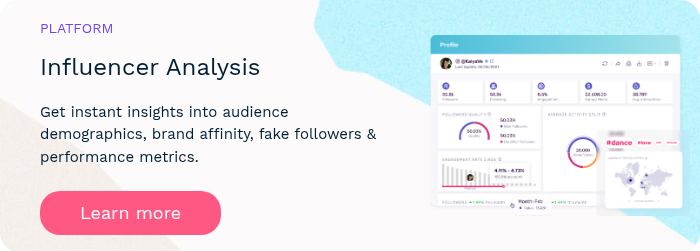
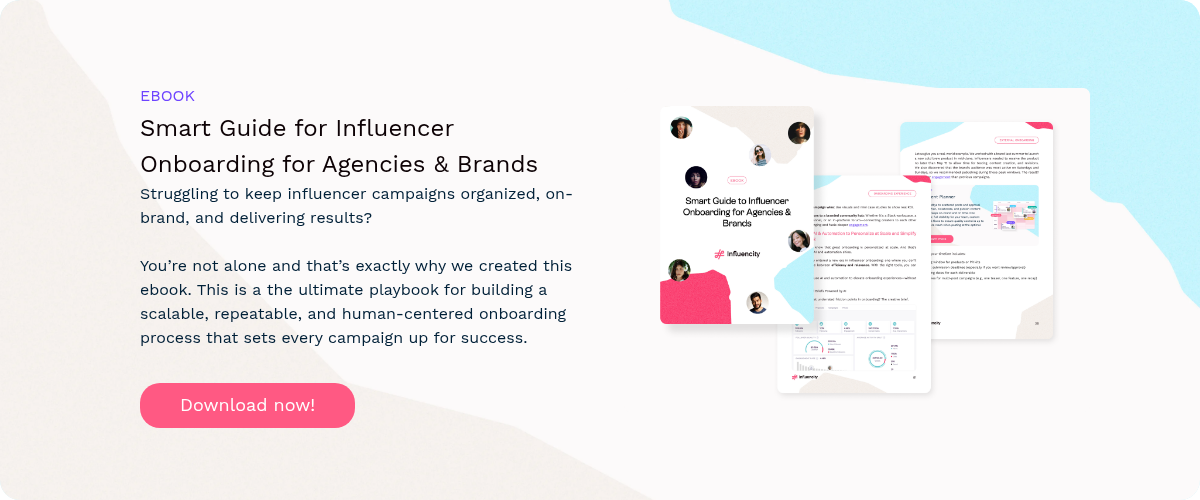

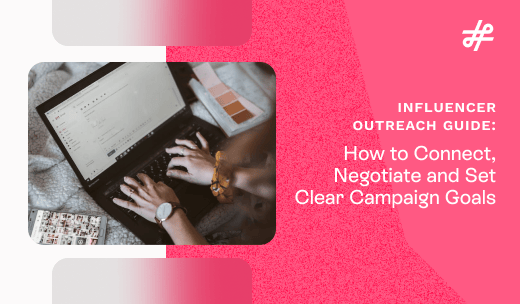




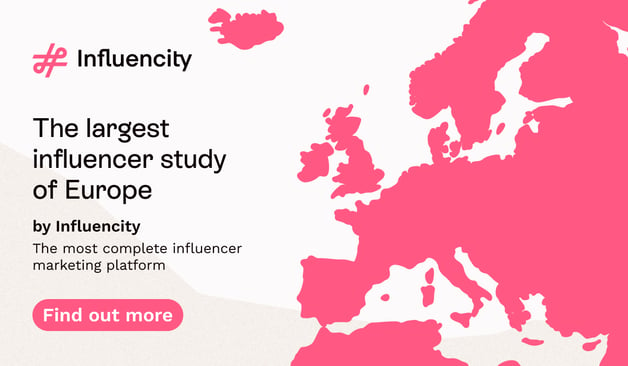

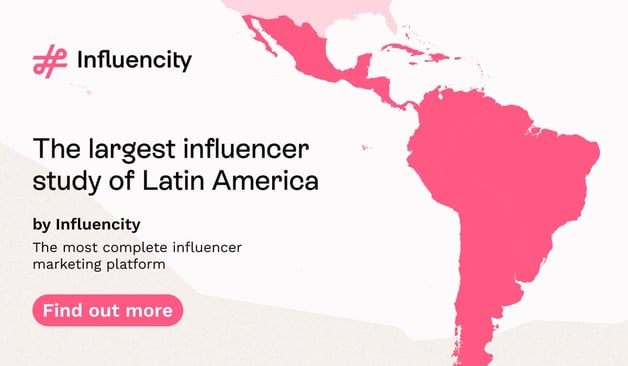


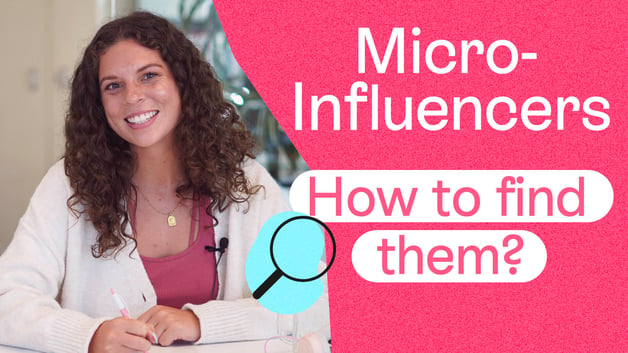


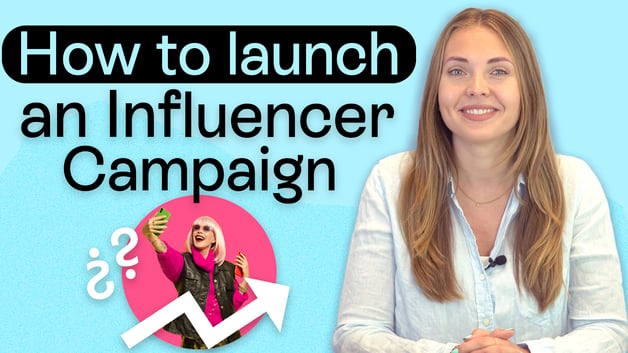

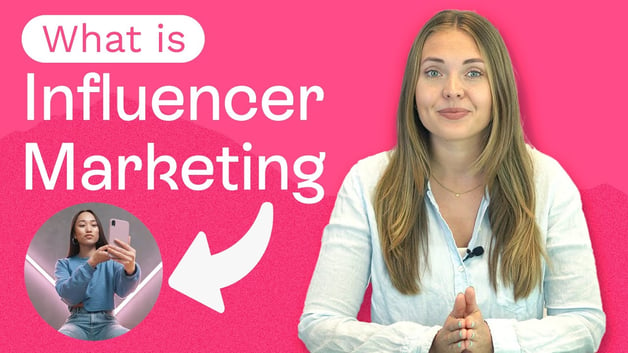

%20and%20How%20Can%20They%20Benefit%20Your%20Brand%20article.jpg?length=628&name=What%20Are%20Key%20Opinion%20Leaders%20(KOL)%20and%20How%20Can%20They%20Benefit%20Your%20Brand%20article.jpg)
